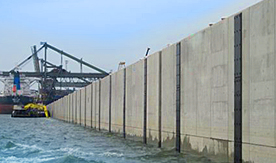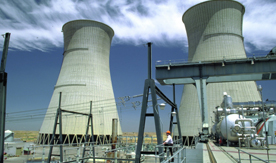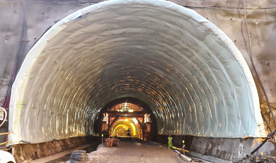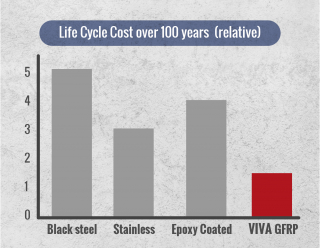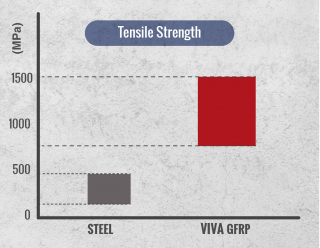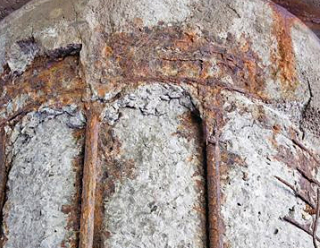Invention of technology for production of reinforcement materials from fiberglass can be compared to invention of application of petroleum products in XIX century as a substitute of whale-oil. If those times somebody said, that an oil underground can substitute whale-oil, he/she would have been considered mad. Invention of fiber-reinforced polymer (FRP) was an industrial revolution at the end of 20th century, evolution of which brought new thinking of reinforcement at the beginning of 21st century. There are many reasons why FRP rebar is becoming more and more popular in Europe, United States of America, Canada, China and other countries and substitute iron rods in concrete structures all over the world. Apart of being cheaper and more convenient in application, composite rebar won’t rust or corrode. So it’s ideal for periodic or long-term reinforcement in such environments like fresh water or brine, for example retaining walls, piers, jetties, quays, caissons, decks, pilings, bulkheads, canals, offshore platforms, swimming pools and aquariums. It’s also invincible to road salt and other deicing chemicals, making it a more durable and less maintenance-intensive choice for roadways and bridges, parking structures, airport runways, Jersey barriers, retaining walls and foundations, curbs, parapets, and slabs on grade. Further, it offers broad resistance to a host of other chemicals found at wastewater treatment plants, solid waste sites, petrochemical plants, pulp and paper mills, pipelines, tanks, cooling towers and chimneys, as well as the alkaline environment of concrete itself.
